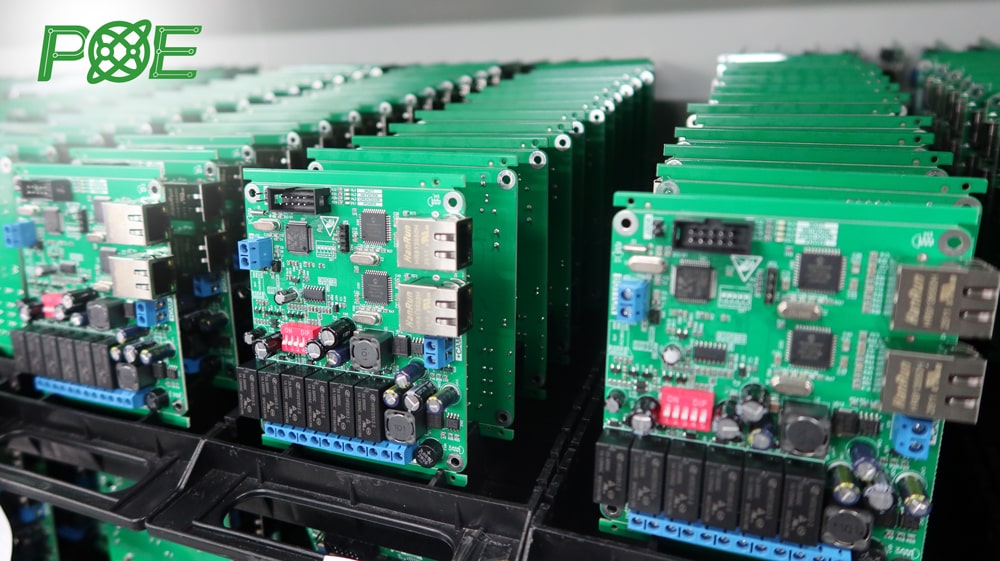Do You Understand the Differences Between OEM, ODM, OBM, and EMS?

OEM (Original Entrusted Manufacturer) — Original Equipment Manufacturing Model
OEM refers to the "Original Entrusted Manufacturing" model, which is a type of contract manufacturing. In this model, the brand owner is responsible for product research and design, while the production process is outsourced to a third-party factory. The brand owner retains intellectual property rights (IPR) for the product and does not need to build or operate its own production line. Instead, it leverages the economies of scale offered by the contract manufacturer to reduce production costs.
The advantage of the OEM model lies in its ability to save resources, allowing the brand owner to focus more on product innovation, branding, and market expansion. This model is particularly popular when entering overseas markets. Many brands in developed countries adopt the OEM model and shift their production to factories in developing countries, where labor costs are lower. The products are then sold under their own brand.
ODM (Original Design Manufacturer) — Original Design Manufacturing Model
ODM, or "Original Design Manufacturing," is also known as the "private label model." In this case, the brand owner neither engages in research and development (R&D) nor production. Instead, the entire process — from product design to manufacturing — is completely handled by the third-party factory. Once production is complete, the products are branded with the client’s logo and delivered as finished goods. This means that the brand owner does not need to invest in R&D or production capabilities but has limited control over the product and does not own its intellectual property.
The ODM model is ideal for startups with limited resources and experience. For new brands in their early stages, which may lack design teams, funding, and manufacturing expertise, ODM provides a quick way to establish a brand and test the market. Compared to OEM, ODM requires less time and capital since the brand owner can essentially "plug and play" by directly sourcing finished products from the factory to launch in the market.
OBM (Original Brand Manufacturer) — Factory-Owned and Operated Brand Model
OBM refers to a fully independent production and business model where the factory is responsible for product R&D, manufacturing, and direct sales under its own brand. Unlike OEM and ODM, OBM emphasizes the factory’s autonomy and brand-focused operations, where the factory serves as both the manufacturer and the brand owner.
This model requires the factory to have strong capabilities in R&D, manufacturing, and marketing. It is a business model with high demands on a company’s overall strength. Although OBM carries greater risks, successful implementation allows the factory to create its own brand, increase value-added potential, and achieve higher profit margins.
EMS (Electronic Manufacturing Services) — Comprehensive Electronic Manufacturing Services
EMS stands for "Electronic Manufacturing Services," a modern manufacturing model that provides comprehensive services specifically for electronic product brands. EMS providers not only handle the R&D, design, and production responsibilities found in OEM and ODM but also take care of logistics, procurement, and even parts of the sales process. Essentially, they act as a "one-stop shop."
In simpler terms, EMS goes beyond traditional OEM and ODM services. In this model, the brand owner can delegate the entire supply chain to the EMS provider, which manages everything from product design to logistics, even assisting with market sales.
Summary
OEM Model: Best for brands with R&D capabilities that do not wish to invest in production facilities. The focus is on leveraging the manufacturer’s production capacity to reduce costs.
ODM Model: Suitable for startups that rely on the factory’s R&D and production capabilities to quickly test the market but must accept the limitation of lacking intellectual property rights.
OBM Model: Ideal for factories capable of handling R&D, production, and sales, aiming to create their own brand and achieve higher value-added outcomes.
EMS Model: Preferred by brands requiring full supply chain services, especially in the electronics industry. This model helps brands achieve end-to-end support, from design to sales.
